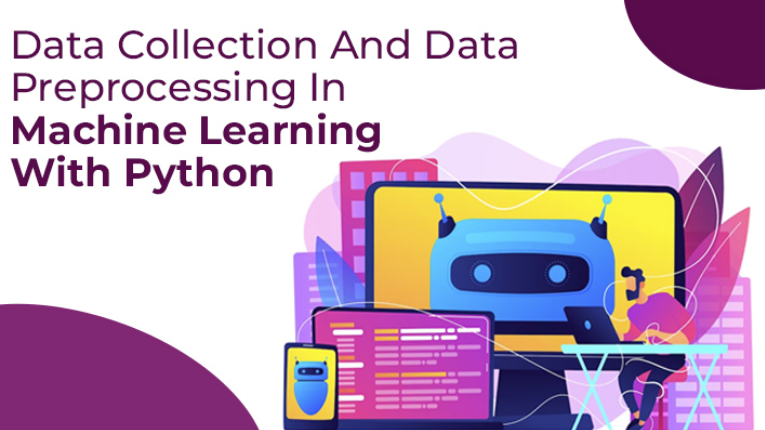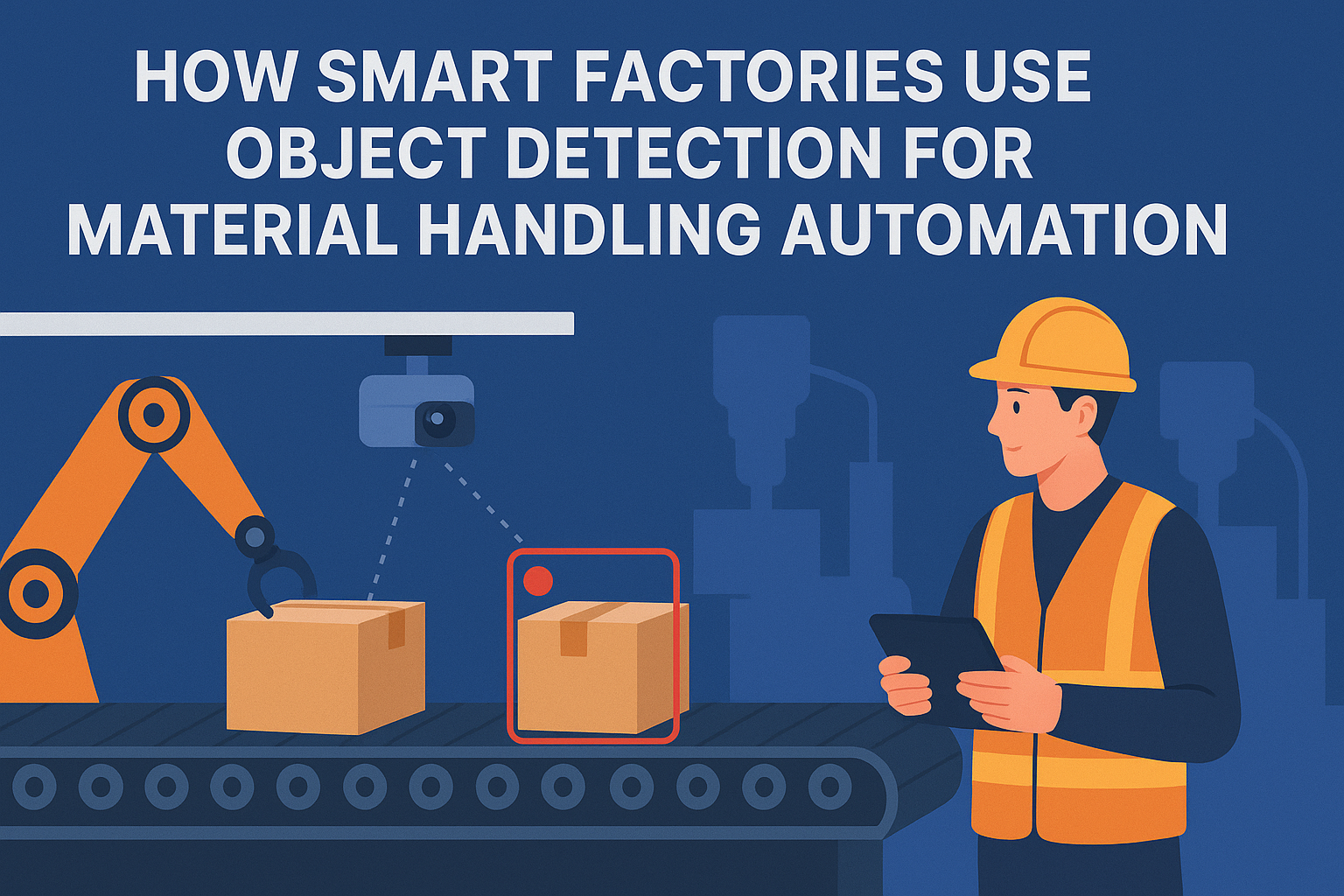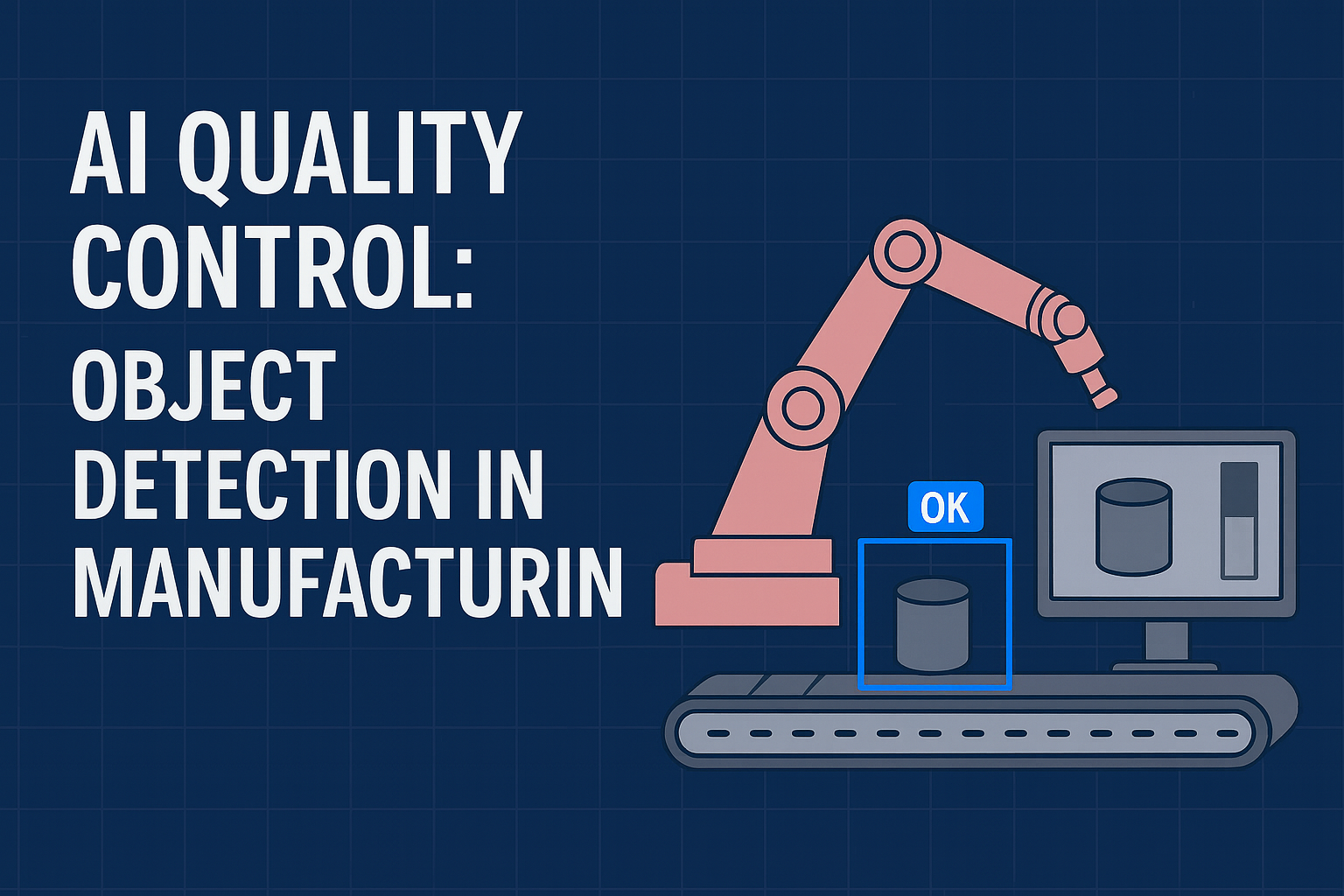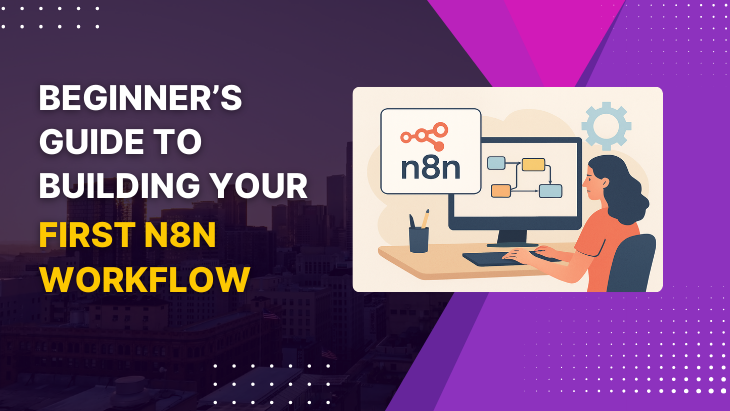In the realm of machine learning, data is the lifeblood that fuels models and enables them to make accurate predictions and informed decisions. However, before data can be harnessed for analysis, it needs to undergo two crucial stages: data collection and data preprocessing. In this guide, we'll delve into these fundamental steps, exploring their importance, techniques, and how to implement them using Python.
Data Collection
Data collection is the process of gathering relevant data from various sources for analysis. High-quality and relevant data is essential for building effective machine learning models. Here are some key considerations and methods for data collection:
1. Defining Objectives:
Before collecting data, it's crucial to clearly define your objectives. What problem are you trying to solve with machine learning? What kind of data do you need to address this problem? Having a clear understanding of your goals will guide your data collection efforts.
2. Data Sources:
Data can be sourced from a variety of places, including databases, APIs, web scraping, sensor data, and more. Identify the most suitable sources that align with your objectives. For structured data, databases and APIs are common sources, while unstructured data might require web scraping or specialized sensors.
3. Data Privacy and Ethics:
Respect data privacy and adhere to ethical guidelines. Ensure that you have the necessary permissions and legal rights to collect and use the data. Protect sensitive information and maintain data confidentiality.
4. Data Quality:
Collect high-quality data that accurately represents the real-world scenario. This involves ensuring that the data is accurate, complete, and free from errors. Data quality can impact the performance of your machine learning models.
5. Data Storage:
Once collected, store the data in an organized and secure manner. Databases, cloud storage solutions, and version control systems are common tools for managing and storing data.
Data Preprocessing
Data preprocessing involves cleaning, transforming, and organizing the collected data into a format suitable for analysis and model training. The quality of preprocessing directly affects the performance of your machine learning models. Here are essential steps and techniques for data preprocessing:
1. Data Cleaning:
Cleaning the data involves identifying and rectifying errors, inconsistencies, and missing values. Techniques include removing duplicates, handling missing values (imputation or removal), and addressing outliers.
2. Data Transformation:
Data often requires transformation to make it more suitable for analysis. Techniques include scaling (normalization or standardization) numerical features to comparable ranges, and encoding categorical variables into numerical values.
3. Feature Engineering:
Feature engineering involves creating new features or transforming existing ones to improve model performance. It can include generating derived features, aggregating information, and creating interaction terms.
4. Handling Categorical Data:
Categorical variables need to be converted into a numerical format for machine learning models. Techniques include one-hot encoding (creating binary columns for each category) and label encoding (assigning numerical labels to categories).
5. Train-Validation-Test Split:
Divide your data into three sets: the training set for model training, the validation set for tuning hyperparameters, and the test set for evaluating the model's performance on unseen data.
6. Dealing with Imbalanced Data:
If your dataset has imbalanced classes, techniques such as oversampling, undersampling, or using algorithms like SMOTE (Synthetic Minority Over-sampling Technique) can help balance class distribution.
7. Handling Time-Series Data:
For time-series data, ensure that time is properly formatted and consider creating lag features or aggregating data at different time intervals to capture temporal patterns.
8. Addressing Data Leakage:
Ensure that your preprocessing steps do not inadvertently introduce information from the test set into the training process, which can lead to overestimating model performance.
9. Creating Data Pipelines:
Data pipelines automate the sequence of preprocessing steps, ensuring consistency and reproducibility. Libraries like scikit-learn provide tools to create pipelines.
10. Documentation:
Document your preprocessing steps thoroughly. This documentation is essential for reproducibility and for understanding the impact of preprocessing on your final models.
Implementing Data Collection and Preprocessing with Python
Python offers a wide range of libraries and tools to facilitate data collection and preprocessing. Some popular libraries include:
* Pandas: A versatile library for data manipulation and analysis, Pandas is used for loading, cleaning, and transforming data.
* NumPy: A fundamental library for numerical operations in Python, NumPy is often used in conjunction with Pandas for data manipulation.
* Scikit-learn: A powerful machine learning library that provides tools for preprocessing, feature extraction, and more.
* Requests: A library for making HTTP requests, useful for accessing data through APIs.
* Beautiful Soup: A library for web scraping, used to extract data from HTML and XML documents.
* Selenium: A tool for automating web browser interactions, helpful for dynamic web scraping.
In conclusion, data collection and preprocessing are foundational steps in machine learning that directly impact the quality and effectiveness of your models. Properly collected and prepared data sets the stage for accurate analysis and informed decision-making. By understanding the principles and techniques of data collection and preprocessing, and leveraging Python's robust libraries, you can ensure that your machine learning endeavors are built on a solid foundation of high-quality data.








Leave a reply